AI in Practice
Automation, recognition, and prediction – the three core capabilities of AI – are enhancing work efficiency, improving service quality, and opening up new opportunities.
Artificial Intelligence (AI) is no longer just a concept on paper but has become part of everyday life. AI technology has the ability to "learn" and process massive amounts of data, helping to automate many complex tasks and personalize user experiences. For example, AI is revolutionizing manufacturing, transportation, healthcare, and more.
This article by INVIAI will analyze three prominent applications of AI in practice: automation of tasks, intelligent recognition, and future prediction. Through this, we will gain a clearer understanding of how AI supports daily life and work.
Automation with AI
AI can replace humans in performing repetitive and time-consuming tasks, thereby increasing efficiency and productivity. According to a Smartsheet report (Automation in the Workplace), 86% of respondents believe automation helps them work more effectively and productively, while 78% say the technology allows them to focus on more creative tasks. In practice, AI frees people from manual work.
AI Automation Applications
Industrial Robots
Advanced manufacturing automation
- Car assembly automation
- Quality inspection systems
- Heavy lifting assistance
Virtual Assistants & Chatbots
24/7 customer support solutions
- Instant response capability
- Emotion recognition
- Multi-language support
Self-Driving Vehicles
Autonomous transportation systems
- Computer vision navigation
- Deep learning algorithms
- Obstacle avoidance
Thanks to these tools, people are increasingly freed from repetitive tasks, while performance and accuracy improve significantly. AI-driven automation is creating a powerful transformation in manufacturing and services, opening new creative opportunities for humans.
— Industry Analysis Report
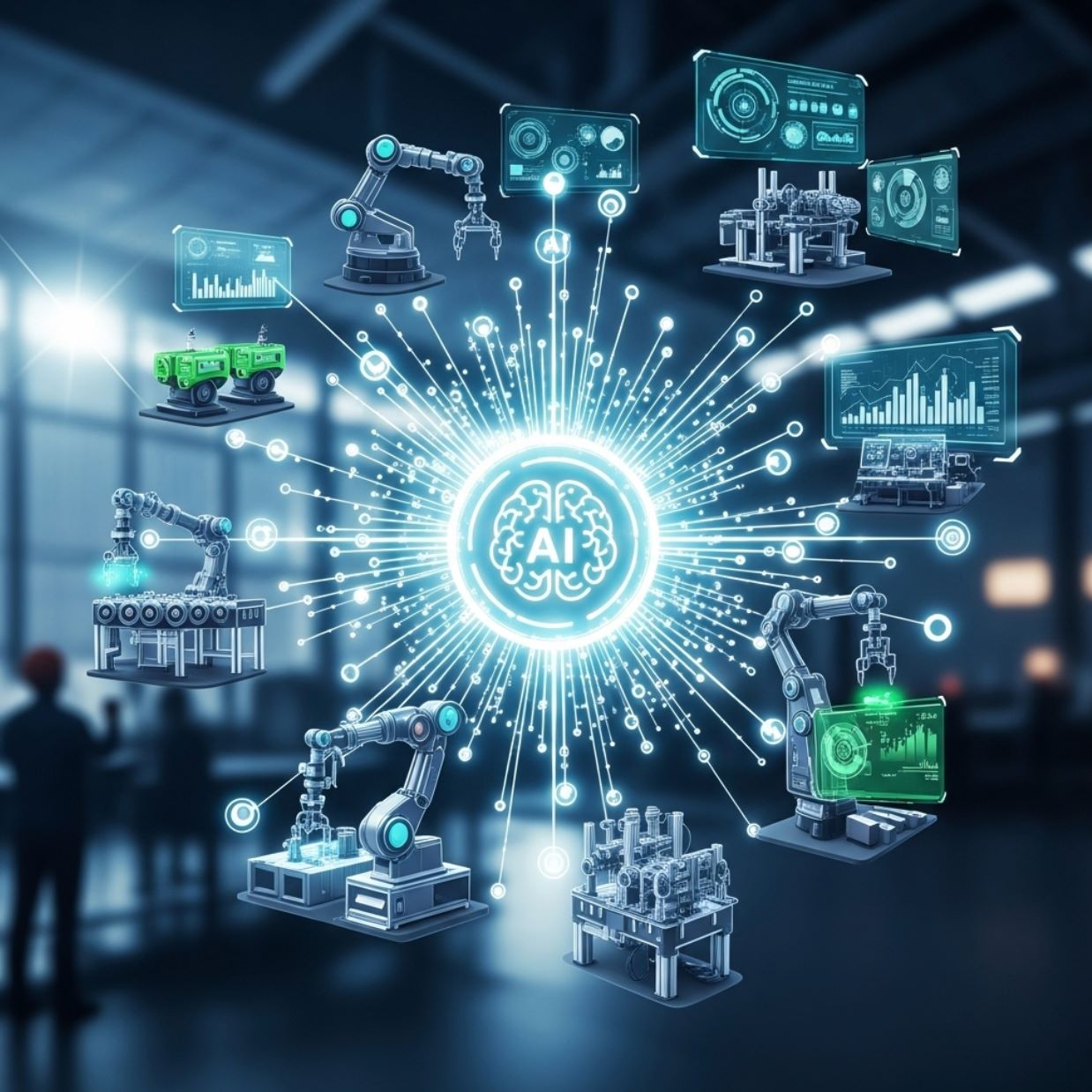
Intelligent Recognition with AI
AI develops the ability to recognize patterns and analyze multimodal data. With computer vision, AI can capture and process image information from cameras to identify objects in photos, recognize handwritten characters, or assist medical diagnosis (e.g., analyzing X-rays, MRIs).
Computer Vision
- Object identification in photos
- Handwritten character recognition
- Medical image analysis
- X-ray and MRI processing
Natural Language Processing (NLP)
- Spam filtering systems
- Sentiment analysis in text
- Automatic translation
- Voice recognition technology
At the same time, natural language processing (NLP) enables computers to understand and analyze human language: for example, filtering spam, analyzing sentiment in text, automatic translation, and voice recognition.
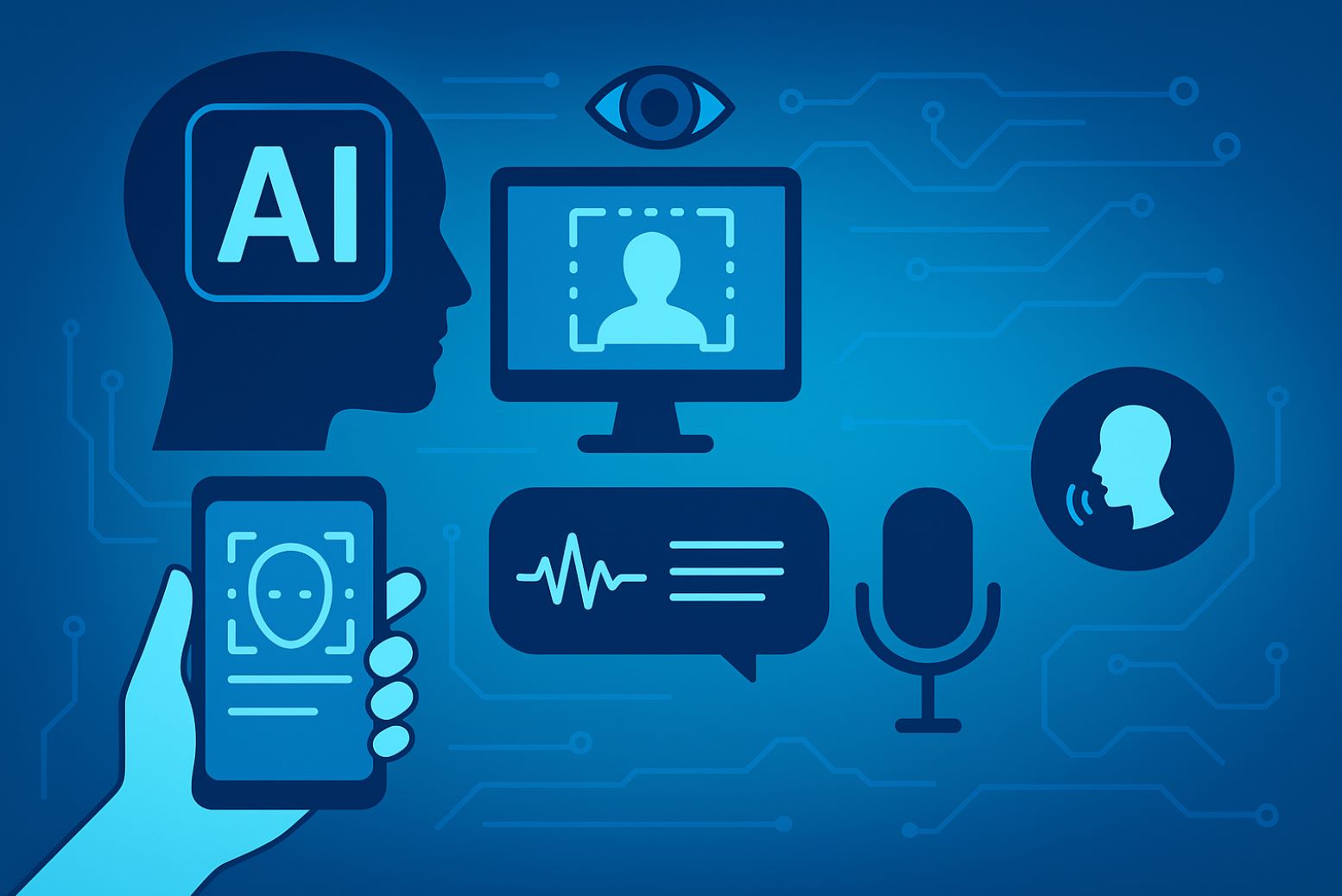
Future Prediction with AI
Additionally, AI is strongly applied in predictive analytics (Predictive AI). AI models can analyze historical data to forecast future trends. For example, using years of sales data to predict next quarter's revenue; or analyzing symptoms and medical images to predict diseases (such as malignant tumor forecasting). This capability helps companies grasp market demand, plan production, and better serve customers.
Precision Agriculture
In precision agriculture, AI helps farmers monitor crops and predict harvest times. Data from sensors and aerial images allow calculations of rainfall and humidity, optimizing irrigation and fertilization schedules.
- Crop monitoring through sensor data
- Harvest time prediction algorithms
- Rainfall and humidity analysis
- Optimized irrigation scheduling
- Automated fertilization systems
Financial Analytics
Similar AI applications exist in finance: transaction data analysis systems can predict fraud and automatically handle suspicious transactions.
- Fraud detection algorithms
- Automatic transaction monitoring
- Risk assessment models
- Market trend prediction
Medical Prediction
AI analyzes symptoms and medical images to predict diseases, including malignant tumor forecasting and early disease detection.
- Medical image analysis
- Disease prediction models
- Early detection systems
- Treatment outcome forecasting
Overall, predictive AI is applied across various fields (finance, manufacturing, services, transportation, etc.) to improve decision quality and reduce risks.
— AI Industry Research
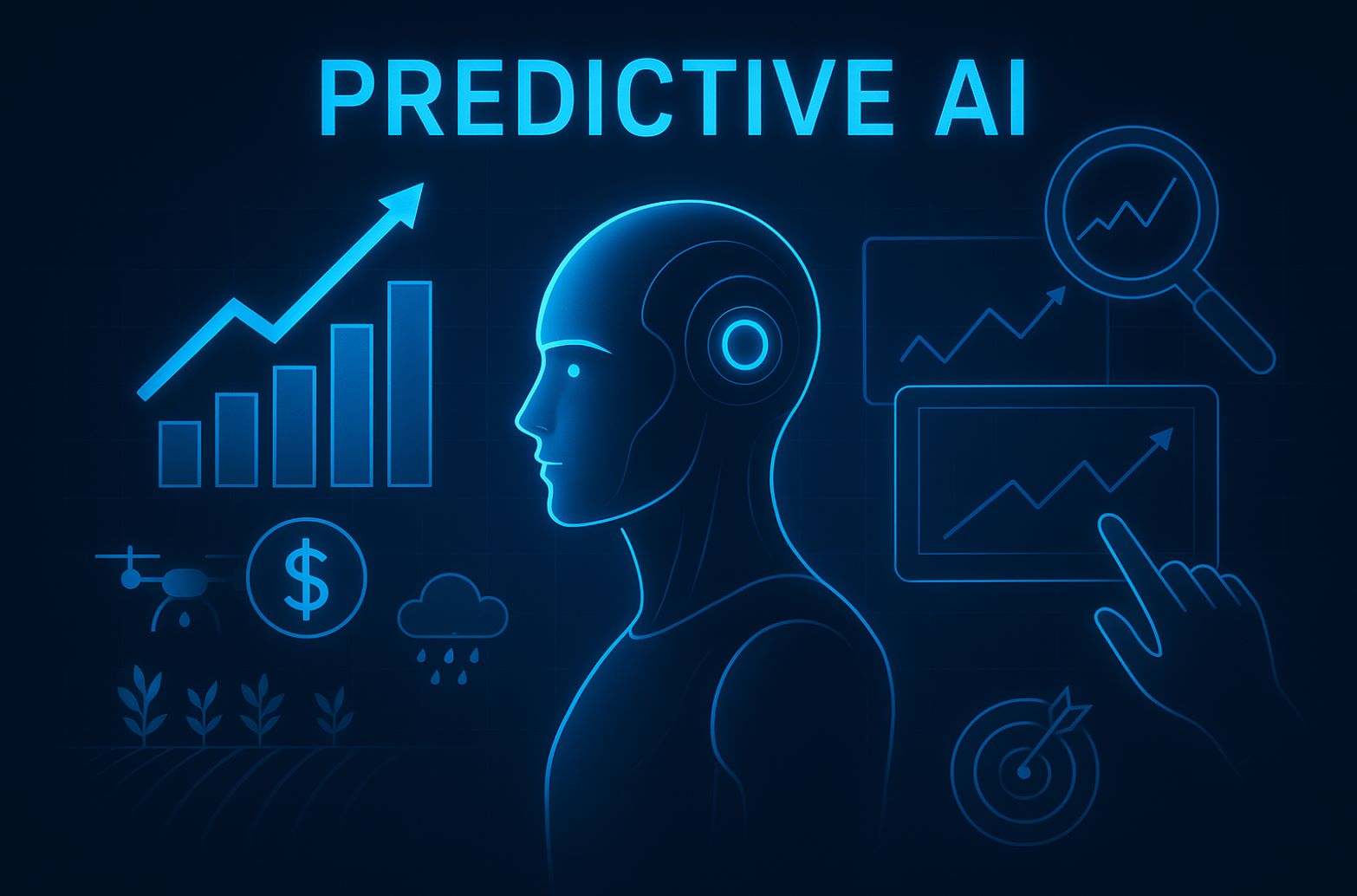
The Future of AI in Practice
The examples above show that AI in practice is not just a trend but has become a powerful tool for humans. Automation, recognition, and prediction – the three main capabilities of AI – are helping to enhance work efficiency, improve service quality, and open up many new opportunities.
Manual Processes
- Time-consuming repetitive tasks
- Human error prone
- Limited data processing
- Reactive decision making
Intelligent Systems
- Automated task execution
- High accuracy and consistency
- Massive data analysis
- Predictive insights




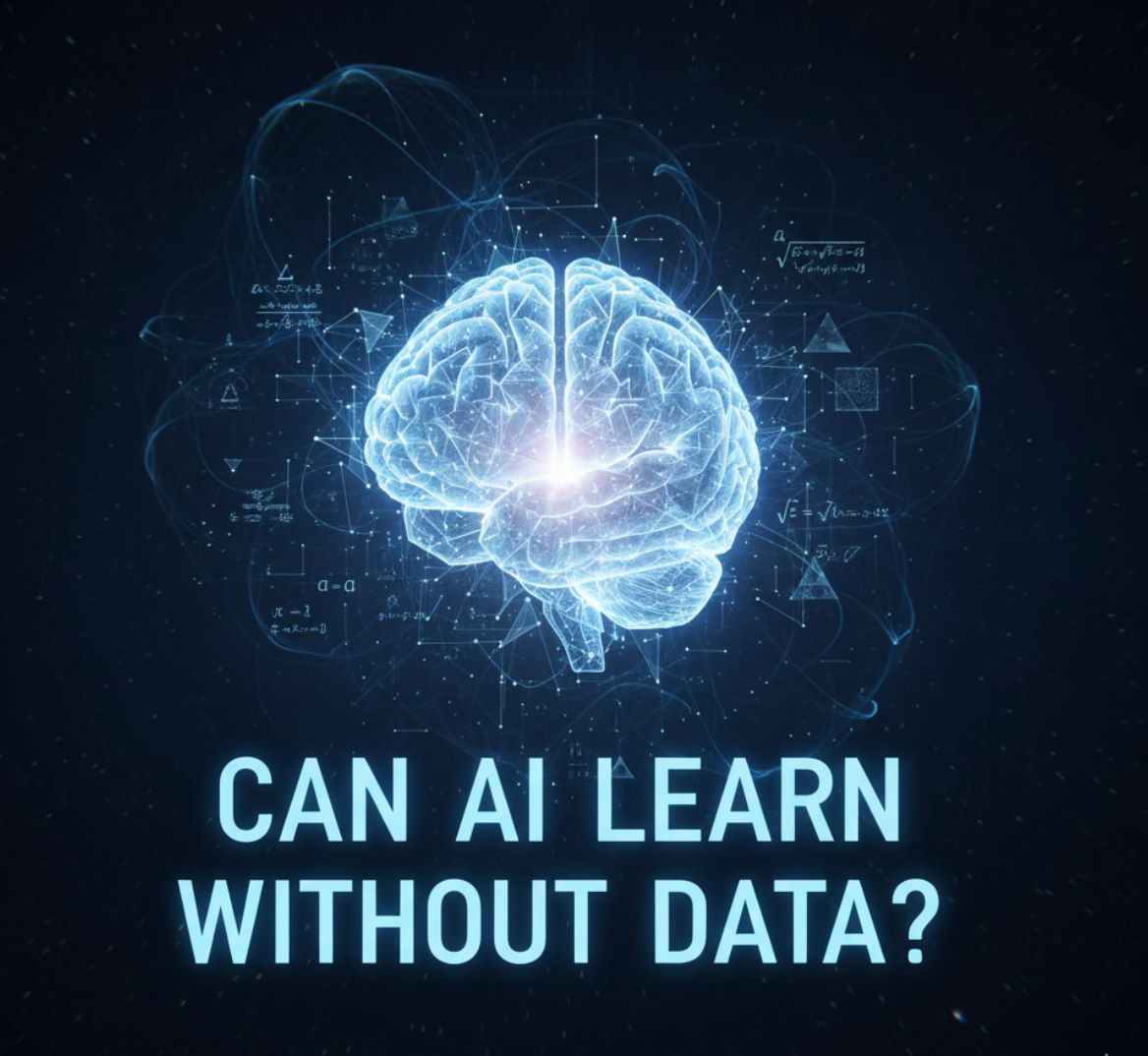
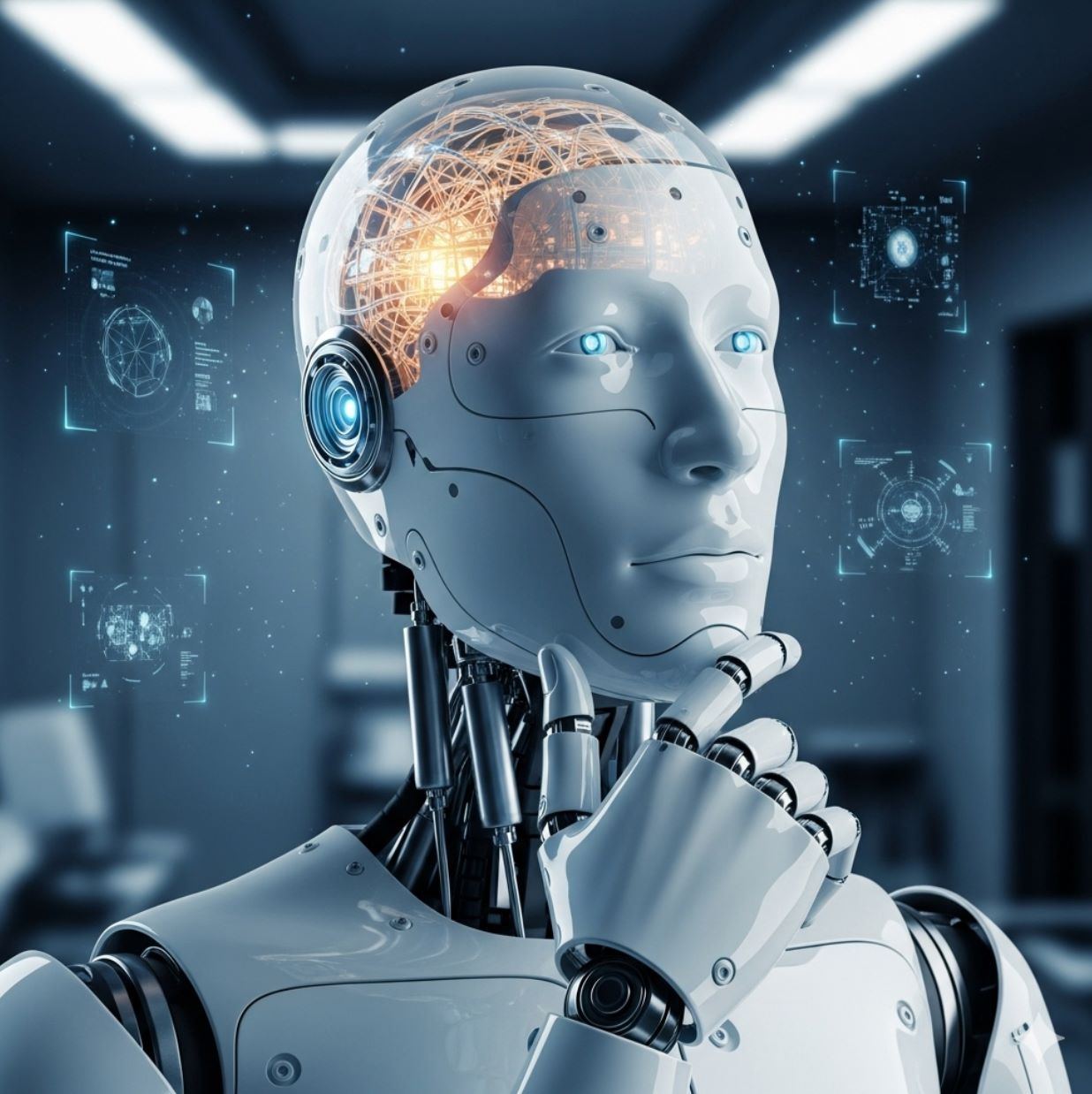
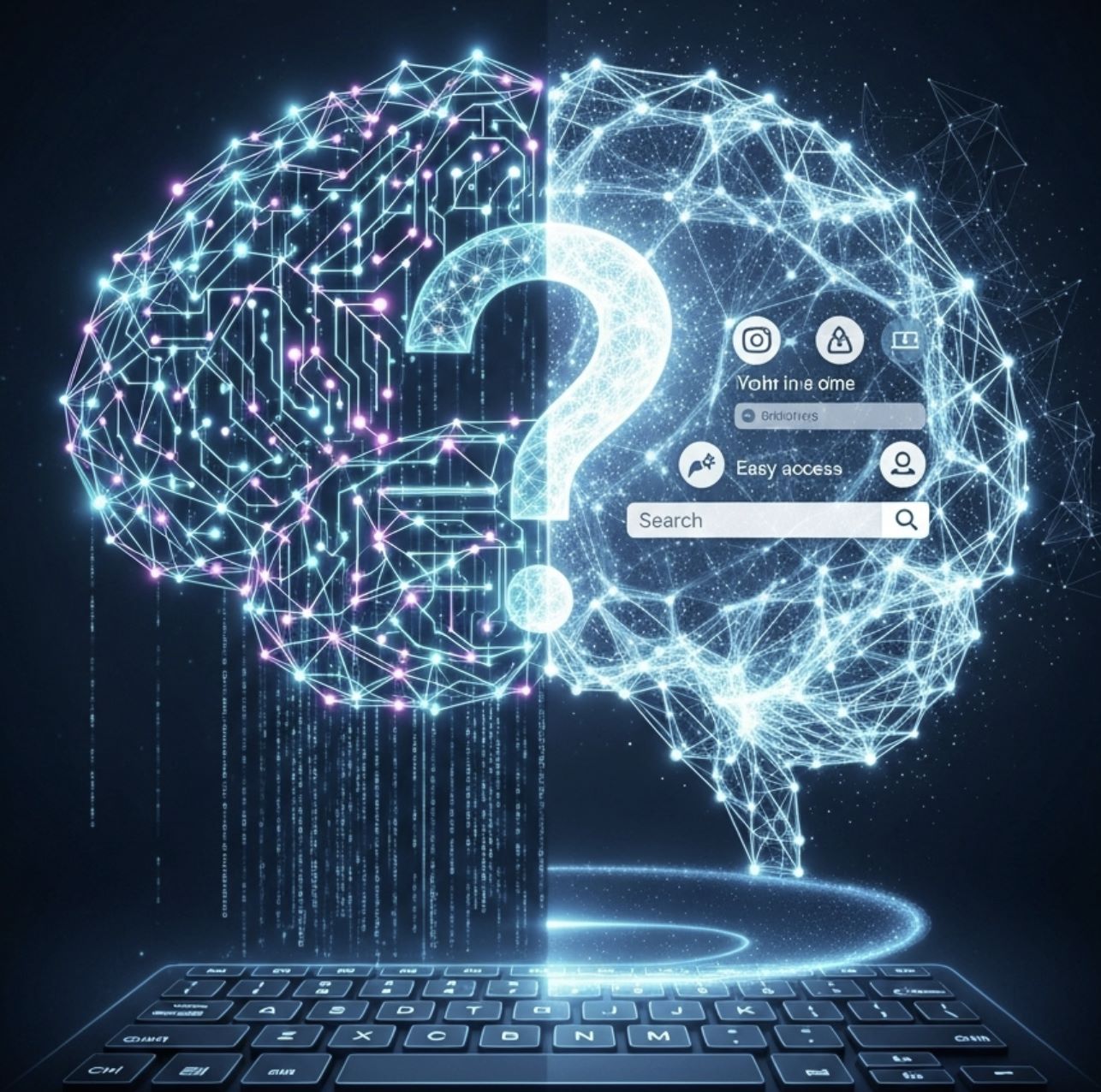
Comments 0
Leave a Comment
No comments yet. Be the first to comment!